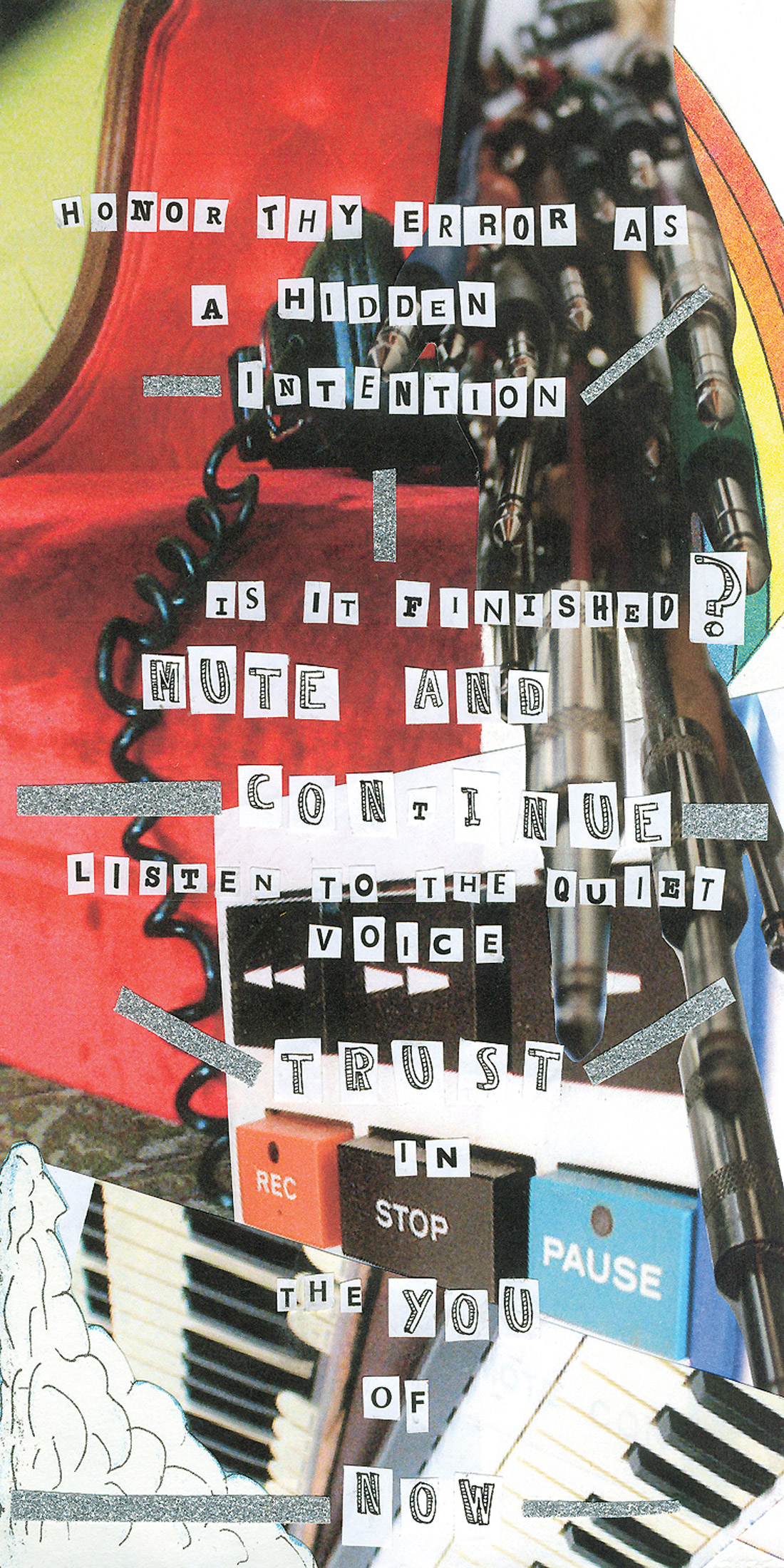I was wandering around Rough Trade Records in London recently, when a small contraption caught my eye. Looking like a see through plastic AM radio, and the size of a pack of smokes, I recognized the "Chan Fang" (or Buddha Machine FM3) as a self-contained music player. It was a music gizmo similar to Tristan Perich's 1-Bit Symphony (encased in a CD jewel box) that we discovered in Tape Op #84. Being that I love gadgets and crazy ideas, I bought one. The unit contains a circuit board, a small speaker, an on/off volume control, a pitch control, a loop selector switch and a headphone jack. You have to supply your own pair of AA batteries. What it plays back are four meditative loops of music composed and recorded on the guqin, an ancient Chinese seven-string zither. The pitch wheel allows change in the speed of the playback for effect. I thought I would love this thing, but I feel the unit is fundamentally flawed. Much of the "marketing" around this device promotes its "12K audio quality," whatever that might mean. (It goes up to 12 kHz? It outputs at 12 kbps?) What I hear, audio-wise, is something far worse than I ever imagined.
When I was young, Radio Shack had an IC chip that you could purchase - and by simply adding a few variable resistors, audio connectors and power you could build an analog delay. I was searching for ways to add ambience to my electronic recordings and this looked like the answer. I built a wooden box, wired this chip up and installed it. But what the designers never told us was that the clock frequency for the bucket brigade analog circuit would be audible. Sure, I knew had a short, cool sounding delay - but I also could hear the clock's high frequency whine over the music. I used my homemade analog delay for years anyway, but it was a let down.
The Buddha Machine has this very same problem though, of course, in this case it's the clock source for the digital playback chip. The clock intrudes on this peaceful music with a very pronounced high frequency squeal; we aren't even talking in the 10 kHz range, we're talking around 4 kHz and up, depending on where you set the pitch. It's sheer pain on decent headphones, but you can even hear it on the tiny built-in speaker. What's worse is that the sound sometimes goes away (a gate?) so that it's even more apparent when it returns with the music. To top that off, I'm not so sure they even recorded the guqin very well. I swear I frequently hear distortion artifacts. With all this clocking racket, extraneous noise filtering in and out and a poorly recorded instrument track I cannot see any way this device could claim to be as meditative, contemplative or soothing as the marketing claims. Instead, the thing gives me a fucking headache.
Christiaan Virant and Zhang Jian are supposedly important musicians on the Chinese electronic scene, but if they released albums that sounded this poor I doubt anyone would care about their work. This could be a really cool thing with a little tweaking; an object you could set by your bed and zone out to at night, or something you could take on long flights to listen to and relax. As it stands now, all the praise being heaped on this Buddha Machine seems to be more for the concept than the execution and quality. Those steps are crucial in order to veer out of sheer novelty and into a blend of functionality and art.
But wait. There's also an iPhone app based on the Buddha Machine's physical versions 1.0 and 2.0. It plays a wider variety of loops from those earlier devices, but without the horrible clock noises of the FM3 (though at least one of the recordings used in the loops still has a ridiculous amount of hiss). It has a sleep timer, a selector for 1.0 or 2.0 and it'll change colors when touched. But not only is it really difficult to figure out how to swipe and expose the settings screen, the Buddha Machine app also has no way to turn the audio off once you start it (unless you power down your phone or open up another music or video app). It's sad when you find yourself recommending a virtual recreation as being an improvement (but where's the app 3.0 upgrade?). But then again, they managed to implement at least one major flaw in the virtual world as well.
In this issue Brian Eno explained to us how it wasn't until the iPhone came about that he and Peter Chilvers found a good home for their generative music ideas. Those apps, Bloom, Trope and Air, all are easy to use, offer many options and sound great. Proof that beyond a concept and the initial work required, to actually move forward with new ways of experiencing and delivering music requires the same amount of energy invested in follow through.
($23, www.fm3buddhamachine.com, www.forcedexposure.com, or $.99 @ itunes.com ) -LC




_disp_horizontal_bw.jpg)